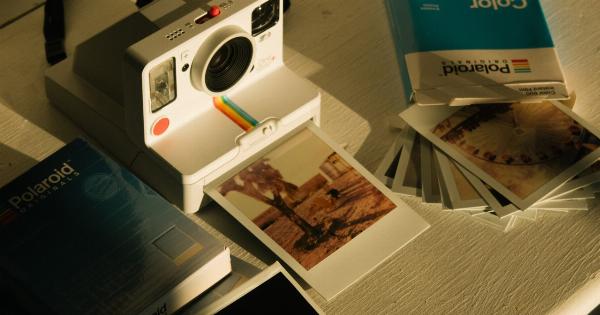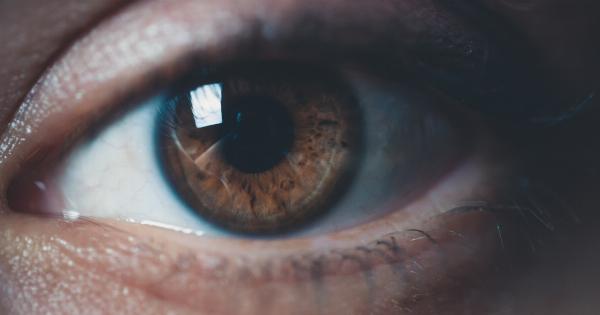Being able to print customized eye cells for transplants is one of the most significant advancements in the medical field.
For so long, patients with eye-related ailments have had to make do with traditional treatments like eyeglasses and contact lenses. While these treatments can help in correcting vision, they’re not ideal for certain eye conditions, such as cataracts, glaucoma, and retinal degeneration.
However, with cell printing technology, doctors can now create customized eye cells for patients.
This innovation is a game-changer, as it can reduce the risks associated with traditional treatments and provide a more efficient and effective alternative for people suffering from eye disorders.
What is Cell Printing Technology?
Cell printing technology is a process of producing cells by placing them on a substrate in a precise pattern.
The technique, also known as biofabrication, utilizes a computer-aided design (CAD) system and a 3D printer to create various tissues and organs.
The process involves extracting a patient’s own cells and culturing them in the laboratory. The cells are then printed on a scaffold, and the scaffold is implanted into the patient.
Because the cells come from the patient, there’s no risk of rejection, and the body readily accepts the new tissue.
How Does Cell Printing Work?
Cell printing begins by obtaining cells from the patient. These cells are cultured in the lab and used as the building blocks for the final tissue or organ. The cells are loaded into a cartridge and placed in a 3D printer.
The printer uses a CAD system to create a digital image of the tissue or organ. The printer then prints layer upon layer of cells based on this image until the tissue or organ is complete.
This technology is particularly useful in producing customized eye cells for transplants. The technique can create customized cells, including photoreceptor cells, the cells that enable the eye to see.
This breakthrough has enabled doctors to tackle various eye problems that were impossible to solve with traditional treatments.
The Advantages of Cell Printing Technology in Eye Transplants
Cell printing technology offers numerous benefits in eye transplants. Here are some of the advantages:.
Reduced Risk of Rejection
Traditionally, patients with eye disorders had to receive transplants from donors.
Unfortunately, the lack of donors led to long waiting lists, and that could sometimes result in transplants that didn’t match the patient’s eye, leading to the body rejecting the new tissue.
But with cell printing technology, doctors can use a patient’s cells to create customized tissue for the transplant.
This method means that there’s no chance of rejection since the body readily accepts the new tissue, leading to a more successful transplant.
Reduced Risk of Complications
Traditional treatments, like eyeglasses and contact lenses, have various limitations as they can’t address all types of eye disorders and aren’t always effective.
Additionally, these treatments can lead to blindness in rare cases or further damage to the eye.
Cell printing technology eliminates these concerns by providing a more efficient, accurate and all-encompassing way of addressing eye disorders.
Doctors can create customized photoreceptor cells, and these cells can be implanted into the patient’s eyes without any complications.
Reduced Recovery Time
Cell printing technology reduces healing times since the body doesn’t have to recover from the shock of receiving foreign material.
Patients who receive transplants using this method can recover faster and be back to their daily activities sooner, without any repercussions.
Cost-Effective
Transplants using cell printing technology are more cost-effective than traditional treatments, especially because the new tissue is created from the patient’s own cells.
Additionally, patients will save on the long-term costs of traditional treatments and won’t have to spend money on additional treatments if they’re ineffective.
Conclusion
In conclusion, printing customized eye cells for transplants is a groundbreaking innovation that has transformed the medical field.
This cutting-edge technology provides a more efficient and effective way of addressing eye disorders, reduces recovery times, reduces the risks of rejection, and is more cost-effective than traditional treatments. As this technology evolves, it’ll continue to become more accessible and provide new opportunities for treating other ailments.





























